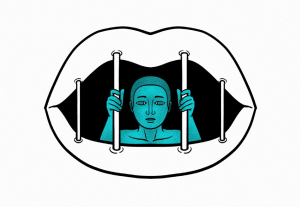- Customer Experience, Design, Design Theory, Usability, UX Education, UX Magazine
How might we avoid that UX writing experts getting pressured into career-focused mentoring in their own time — and how can we maximize results for all parties? Essentialism and its principle of zooming in could be helpful.
Article by Katrin Suetterlin
UX writing mentorships need to be more sustainable — now.
- Even though the mentorship gap is invisible, it is rather tangible and comes in many forms and not all of the answers you’re looking for belong in the chat with an experienced UX mentor.
- Mentees still seek advice directly from mentors in addition to the communities which can be very hard to turn down.
- The most useful mentors’ advice you can get can be split up into 3 main meta groups:
- Skills
- Career
- Personal
- Mentor’s mental health is at the heart of mentorship that’s why it’s important to respect mentors’ energy and time. For instance, not asking something that is on the first page of google and show up 100% of all calls and meet-ups.
Share:UX writing mentorships need to be more sustainable — now.
Share this link
- March 7, 2022
10 min read







